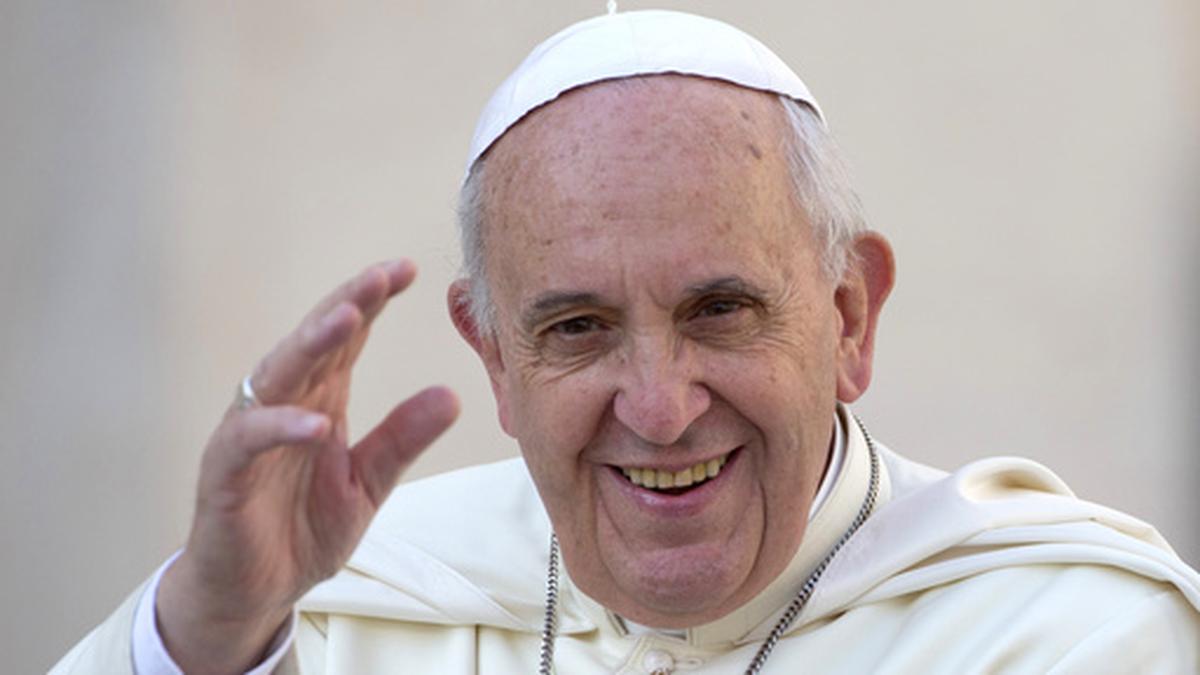In a Word ... Pearse

In the last letters, leader Pádraig Pearse said he saw his sacrifice as emulating Christ on Good Friday, leading to the emergence of a risen people. Photograph: The Irish Times Easter Monday in Ireland will forever be associated with the Rising which began in Dublin on April 24th, 1916, Easter Monday. The timing, with Christian themes of death and resurrection, was deliberate. In the last letters, leader Patrick Pearse said he saw his sacrifice as emulating Christ on Good Friday, leading to the emergence of a risen people. He consoled his mother Margaret that “in a little while we shall all be together again”, adding that he hoped “soon to see Papa.” “Papa” was James Pearse who, by his son’s beliefs, was by then in “Another Place” and unavailable to those with confident aspirations of arriving in Heaven. James Pearse died in 1900 aged 60 (when Patrick was 20). He was an atheist and a long-time subscriber to the atheistic Freethought Publishing Co in England where his writings included anti-religious pamphlets written under the name Humanitas. These included his The Follies of the Lord’s Prayer, published in 1883 (when Patrick was aged three). READ MORE In 1863, aged 23 and a stonemason living in Birmingham, James was attracted to Ireland by the then Catholic church-building boom and moved to Dublin as chief ecclesiastical sculptor with Hardman and Co of Birmingham. In 1869, he, his wife and children became Catholic as trade rivals cast doubt on his religious affiliations, which could have been seriously detrimental to his work. He had developed a successful masonry and sculpting business at Great Brunswick Street (now Pearse Street) in Dublin. He sculpted statues for the imposing tower of John’s Lane Augustinian Church on Dublin’s Thomas Street, the high altars at St Nathy’s Cathedral in Ballaghaderreen, at St Aidan’s Cathedral in Enniscorthy, and St Eunan’s Cathedral, Letterkenny. But he is best remembered as the father of Patrick and Willie Pearse, executed after the Rising. His first wife died in 1876 and, 15 months later, he married 19-year-old shop assistant Margaret Brady. They had four children: Margaret, Patrick, William and Brighid. Margaret’s family were Catholic and Irish speakers from Meath, deeply immersed in Irish culture and folklore. The rest, as they say, is history. The Pearse surname is believed one of the oldest in England though of French origin. It is derived from the personal name Piers, a diminutive of Pierre, from the Greek Petros (for rock). Or Peter, in English. inaword@irishtimes.com


















